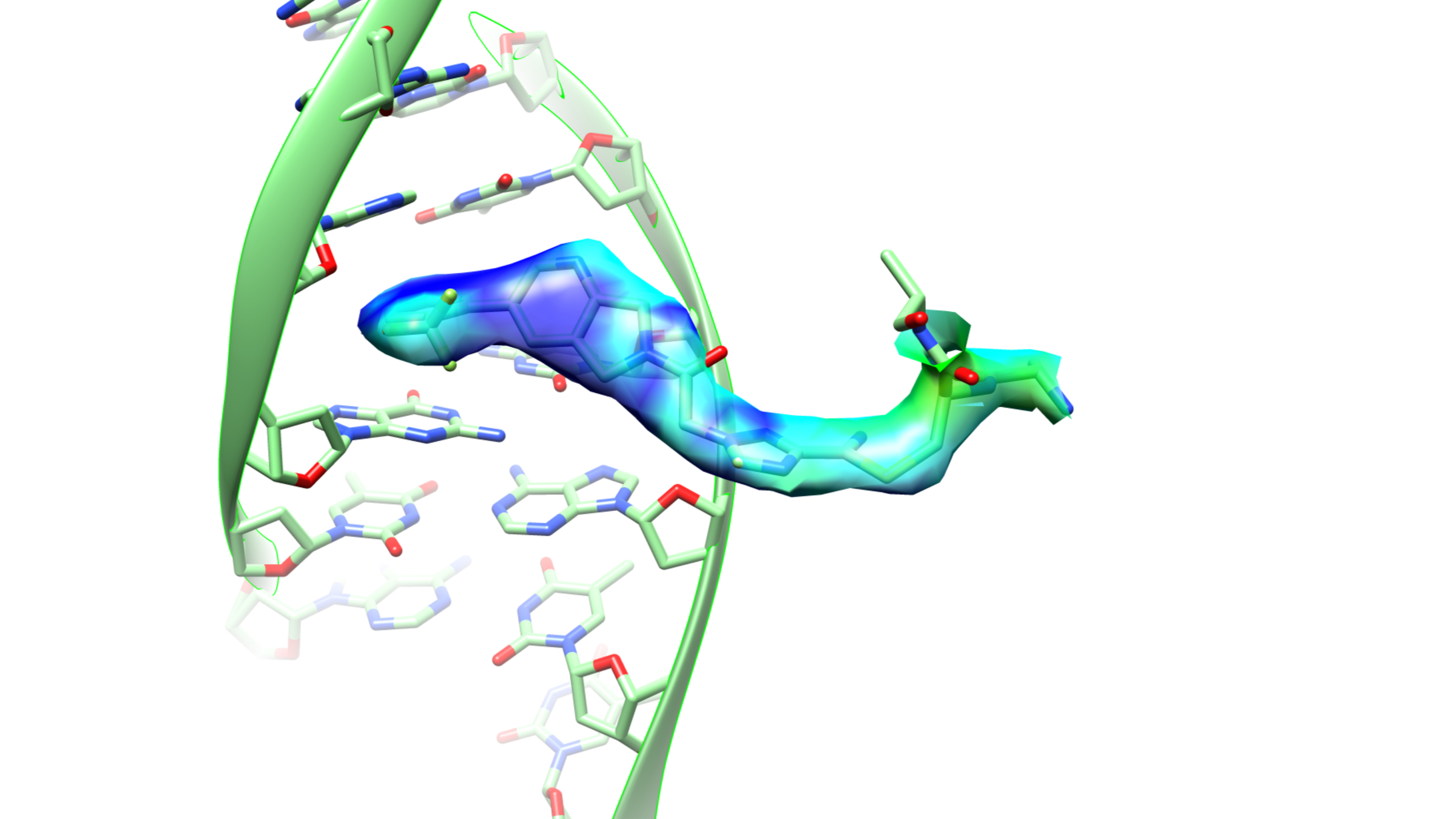
Cyanotriazole binds to the DNA cleavage site of Trypanosoma cruzi Topoisomerase II via a covalent bond with a cysteine residue. (Andreas Schenk)
Novartis-led group develops new class of antiparasitic drug targeting diseases caused by trypanosomes
Trypanosomes look like microscopic one-celled eels, but instead of water, some of the parasites swim in blood and others dive in and out of cells …
Sign up to read this article for free.
Get free access to a limited number of articles, plus choose newsletters to get straight to your inbox.